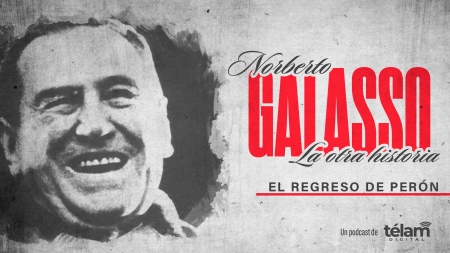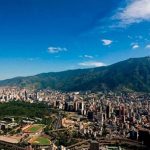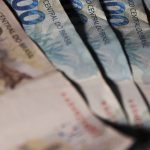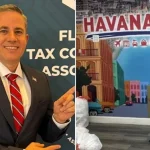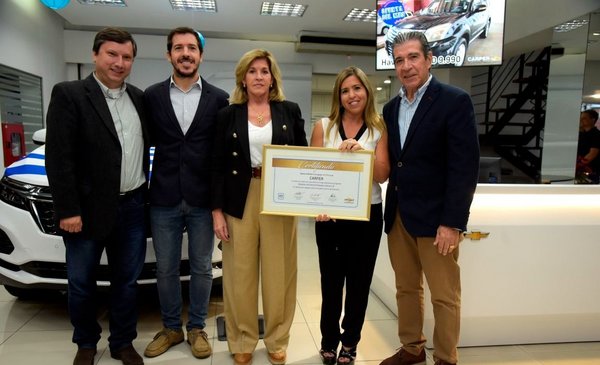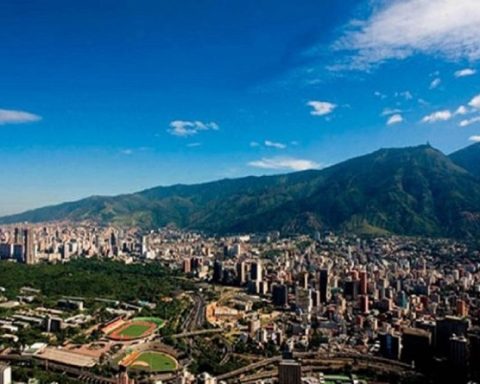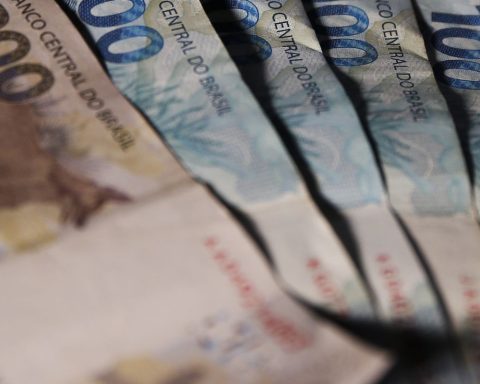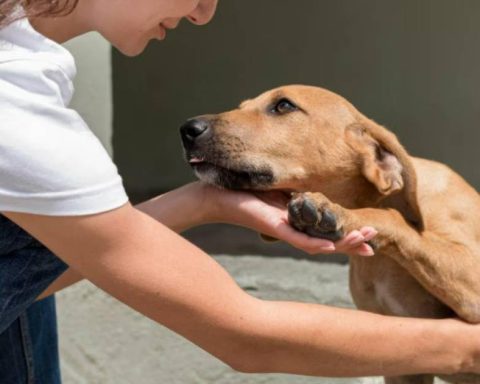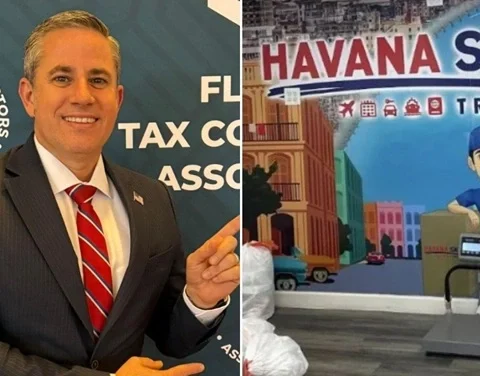On November 17, 1972, General Juan Domingo Perón returned to the country after 18 years of proscription.
The men of the Army, after the failed attempt of the “onganiato” and the following policy, when Lanusse came to power, the idea of trying to reach an agreement with Perón prevailed. The agreement would be to allow him to return, but not for him to become president or occupy an important place.
Then Lanusse complied with the rapprochement measure, returned Evita’s remains -which had been kidnapped in 1955- and secondly dated the elections for the first months of 1973. Thus begins a kind of political game, a game of chess across the ocean.
(CREDITS: General production: Lorena Vazquez – Sound editing: Alejandro Sanz – Recording: Sebastián Siddi – Voiceover: Fabiana García – Cover: Kevin Liendo)
Lanusse says that it could be that Perón would resign towards a possible presidential candidacy and that he would also resign, to which Perón sends him to say through journalism that Lanusse’s resignation does not make sense because “Lanusse has as many chances of being president of Argentina as being queen of England”and that this is not a concession, but that we must go deep and call for elections without proscriptions.
In another statement, Lanusse tells him: “Don’t forget that we don’t have ornamental weapons,” to which Perón answers through a journalist: “Yes, surely they have the head of adornment”. And so this fight is taking place.
Perón had tried to return to the country in 1964, in accordance with a commitment with the people, and had boarded a plane that reached Brazil. There he was stopped by the influence of the Pentagon -and with some condescension also from the Argentine government-, he was detained and could not return to Argentine territory, so he was later returned to Europe.
In this case, In 1972, Perón set up an important charter with about 40 personalities to accompany him on his return to the country: sports, radio, and art celebrities such as Leonardo Favio, for example, politicians -Hernández Arregui is there-, that is, a group of important personalities boarding in Argentina and going on the plane to Italy. Perón arrived on the peninsula from Madrid, and from there he embarked for Buenos Aires on November 17, 1972.

In Buenos Aires, the popular presence to receive it generates quite a few complications. I remember that with a group of colleagues we went by highway looking for the road to Ezeiza. An Army officer stopped us and treated us very kindly, he told us “No guys, we can’t get out of here anymore.” As we insisted, the repression with gases began, and we practically had to turn back. At the same time, some boys, more daring companions, crossed the Reconquista River and reached the international airport.
Arrival at Ezeiza
When the plane arrives, it is received by some personalities from the Justicialismo and especially Rucci, the then CGT Secretary General, who makes an effort with his umbrella to try to cover the General from the rain, who was much more taller than him of course.
Perón is taken into the Ezeiza international airport and a situation of great tension and great concern is created on the part of the people, because they take him to the Ezeiza International Hotel and apparently can’t leave the premises.
Some politicians visit him there, among others Frondizi, giving him a kind of political endorsement to let him, let’s say, enter the city. Throughout that day there is a situation of virtual detention, especially because at a certain moment they put a machine gun in front of the hotel as if harassing the General who came from exile.
Finally The idea prevails among the military that it is necessary to let him into the city, but not during working hours where people are on the streets, because if not, in each place where he passes, a demonstration will be provoked, a reception. Surprisingly, at 5 in the morning more or less, he takes it to Vicente López, in the province of Buenos Aires. There, the Justicialista Party had bought a house in Gaspar Campos, which became Perón’s residence.
When the next morning we found out on the radio and in the newspapers that Perón was in Vicente López, we went, of course. There were large demonstrations and the area was practically taken over by the entire Libertador street, Figueroa Alcorta. The number of comrades was very remarkable and the cry was: “The government house changed its address, it is in Vicente López by order of Perón.”

And the General goes out to the balcony on the first floor during the day and greets his faithful. From there, he does an important task for several days to ensure the elections to be held in March 1973and at the same time to consolidate a great national front and decide who will be the candidates.
It is a brief period where the people are also surprised, because Perón on December 14 is going back to other latitudes of Latin America. He has projects to discuss with Torrijos in Panama, and with the president of Peru, who was a military man at the time. So, on December 14, he embarks again, leaves Argentina and leaves Juan Manuel Abal Medina, his secretary, and Héctor Cámpora – who was his personal delegate – the directives of what is going to be done.
At that moment there is great pressure from the Catholic Church to nominate Antonio Cafiero, who had previously been Perón’s minister, as a candidate. The sectors of the UOM also agreed with this postulation. And other candidates were, for example, surprisingly on the right, like the right-wing nationalist Anchorena who wanted to run for governor of the province of Buenos Aires.
A certain discomfort is created when Perón leaves and leaves an envelope with instructions for Abal Medina, who he makes known to his companions. What is established there is that the formula for the presidential candidacies will be Héctor J Cámpora – Vicente Solano Lima.
Cámpora had been a legislator, but he did not come with a very combative background, let’s say, rather it was considered that his youth had been close to the Conservative Party and he was a very moderate man. Vicente Solano Lima was a man of popular conservatism. That is to say, at first the youth does not receive this news well, but later they understand that in this way Perón consolidates the great national front to win the elections.
Then Cámpora suddenly becomes a very popular man. The youth say: “Well, if the father is banned or continues to be banned and can’t show up, you have to support your uncle.” “Uncle” Cámpora will be a very popular figure from then on.
Perón’s trip back to the country ends. On December 14 he leaves and ends up returning to Europe. Then will come the elections of March 11, 1973, with a resounding triumph of Peronism and the coming to power of the Cámpora-Solano Lima formula, which will be maintained for 45 days in a kind of “democratic spring” with a great presence and popular leadership. . They renounce July 13, 1973, to facilitate the new election on September 23 where Perón will obtain more than 60% of the votes and will begin his third presidency.
